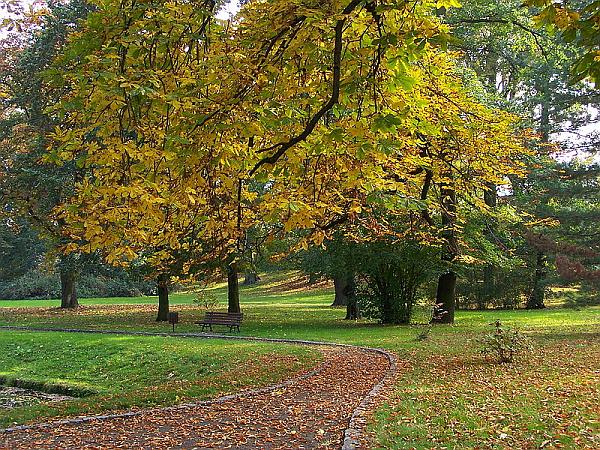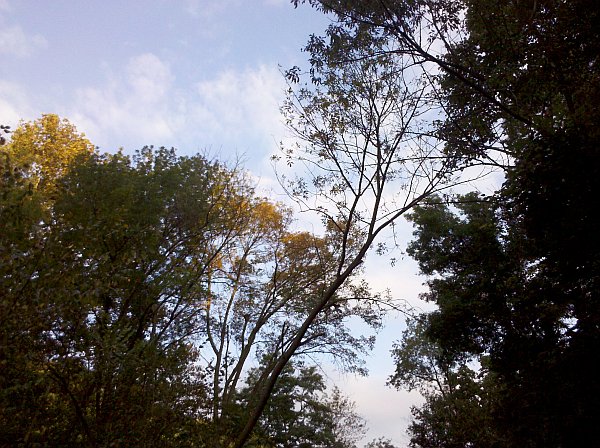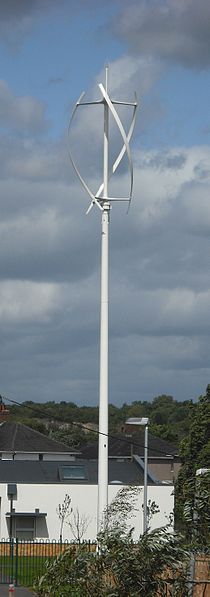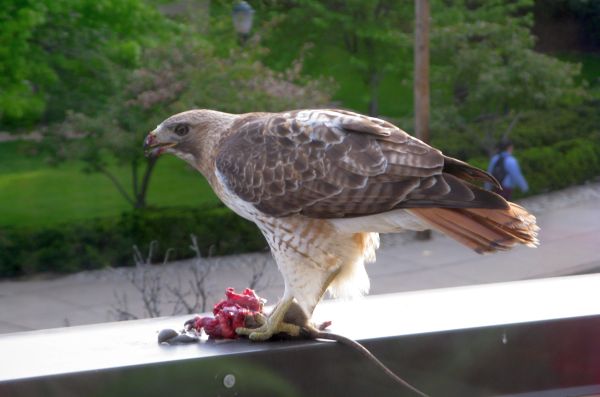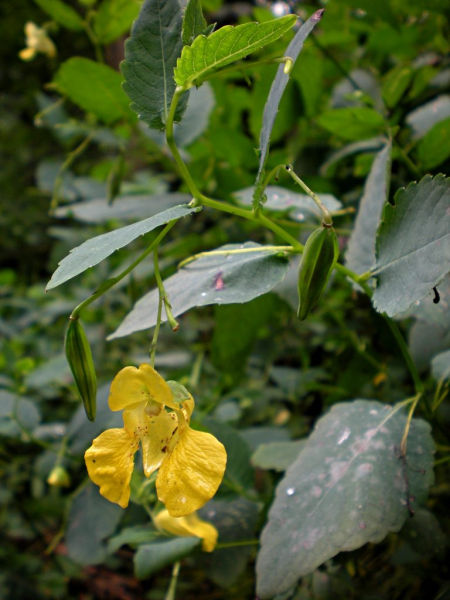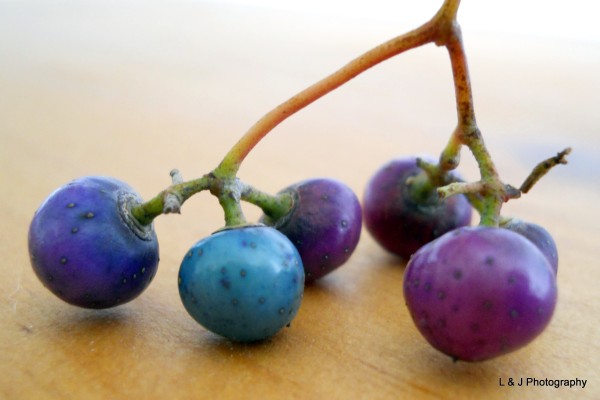
With berries this beautiful no wonder this plant was imported.
Porcelainberry (Ampelopsis brevipedunculata) is native to China, Korea, Japan and far eastern Russia. Brought to the U.S. as an ornamental in the 1870’s it grows so well that it’s now invasive in Pennsylvania. You can find it easily in Pittsburgh, draped over hillsides and all the trees in its path.
Porcelainberry resembles grapevine except that its stem pith is white, its bark doesn’t peel, and its berries are stunningly beautiful in turquoise, blue and pink. Birds eat the berries and give the seeds a free ride.
Do nothing and you’ll soon have porcelainberry in your garden.
Want to see it up close? Visit Schenley, Frick or Riverview Parks.
The berries are worth it, though the vine is not.
(photo by Jonathan Nadle)
